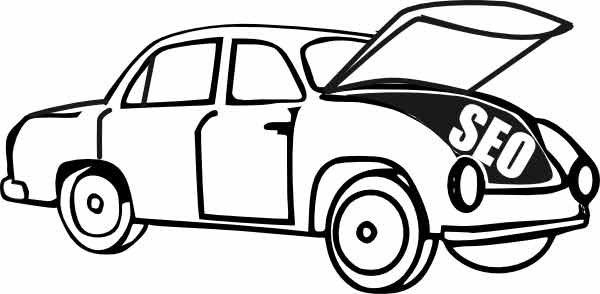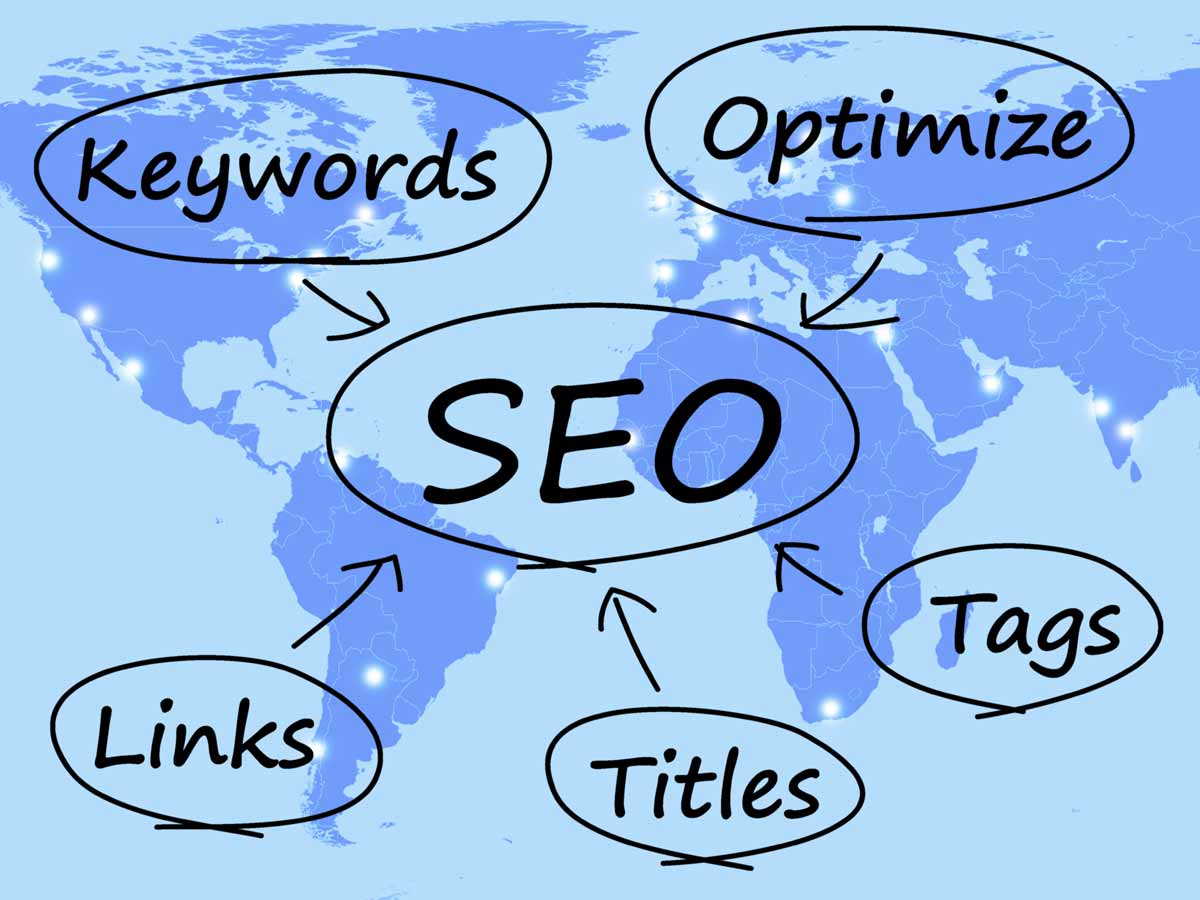
30 Jan A Look Under The Hood Of An SEO-Friendly Website
When looking for a website design in the Fort Walton Beach or Destin area, there is no shortage of companies from which to choose. However, choosing wisely is critical. If your website does not start off search engine friendly, your site will not be at a disadvantage when compared to your competitors.
In the same way the foundation of a house is the most important part of the process (after planning), the same is true for your new website. The structure of your website is a pivotal component in determining the success of the new project. If it is done poorly, you could suffer long-term ramifications with your search engine rankings.
Critical Components of an SEO-Friendly Website
- Research – Before your website is started, detailed research should take place. This means in-depth competitor research, keyword research related to your business and industry, and research about YOUR type of customers. Research is critical in order to begin the site on the right note.
- Planning – Goals should be established from the start so the site can be planned to meet those goals. Your goals may include generating phone calls, gathering email addresses, obtaining completed contact forms, and/or educating your customers and prospects. Each web page should have a call-to-action to meet those goals. However, you should not only ensure your website is planned to meet your goals, but also a plan should be created for how you will drive traffic to your site. Building a site is not enough; you need a marketing plan to promote your site.
- Easy To Update – You should not have to be reliant upon your web designer when you need to make a simple text or image update to your site. You’ll hear all kinds of “reasons” why they don’t give you access to edit your site such as, “We want to make it easy and do it for you” or “It requires a ‘special’ software to do the update” and an array of other excuses. Don’t fall for these fallacies. This is a sure sign the website is NOT SEO-friendly. Modern, SEO-friendly websites are easy for anyone to update, even with zero web design experience. Basically, if you can update a Microsoft Word document, you can update a website.
- Plain English URLs – Each webpage on your site should be in easy to read words and not a bunch of random numbers and letters. For example, each website page should have a simple page url such as this blog post: https://picreativemarketing.com/under-the-hood-of-a-website-for-great-seo/ as opposed to picreativemarketing.com/post=357/. URLs with keywords related to the content on the page help search engines better understand the relevancy of the page.
- Relevant Meta Titles – The meta title is the text shown on the tab at the top of the browser (see photo below). This title should not be stuffed with keywords, but it should be labeled to accurately describe the content on that page. Each website page meta title should be carefully constructed because it is extremely important to the search engines in determining your ranking.
- Enticing Meta Descriptions – The meta description is not seen on your website but it is a short phrase describing a specific webpage. To be more specific, this is the description seen in search results (see photo below). While these have no direct bearing on how the search engines rank your site, they do indirectly factor how high (or low) your webpage ranks. These description help determine whether searchers click on your listing or if they skip for another listing. The higher your click-through-rate (CTR), the higher that page will rank. CTR is simply the number of clicks in relation to the number of times your listing is shown in the search engine results.
- Responsive Design – Google has stated that websites will be penalized if they don’t resize appropriately when opened on mobile devices and tablets. This means your website will not rank high for mobile searches, making your competitors website rank higher than yours. This is very important due to the fact that more than half of all searches are not performed on a mobile device.
- Canonicalization – It’s a big scary word. It means that when two completely different urls direct to the exact same web page, the most user-friendly url is used as the “main” url. This is common with modern website software that allows url overwrites, and this is a problem because it causes duplicate content. Google hates duplicate content because that doubles the amount of pages they have to sift through to decide how to rank. This issue prevents your site from ranking high. One of the most common canonicalization issues is a www version and a non-www version of your webpages going to the same page. This is duplicate content. Setting up the proper redirects is important for an SEO-friendly website infrastructure.
- Image Names – Your image file names should include keywords describing the image. For example, if you have an image of a black shirt on your page, the file name should be black-shirt.jpg and not 15747704_1223536117739725.jpg. This further reinforces the content on your page and helps increase the page authority on that particular topic.
- Alt Tags – Alt tags should be easily be able to be updated. The alt tag should be a description of the picture because it shows a text alternative if the photo doesn’t download or if the photo is blocked. This is also another way to further reinforce the topic of the page content. This is one of those updates you should be able to do YOURSELF.
- Rich Snippets – These are a Google favorite; therefore, you should partake if you care about your rankings. Rich snippets are code mark-ups on the backend of your site that show up in the search engine results. Examples include event dates, links to other website pages, page breadcrumbs, customer reviews, videos, recipes, phone number, address, authors for blogs, and other useful information that show up in the search engine results. The more rich snippets that show up in search results, the more your listing will be clicked. And if you remember this makes your CTR higher, which can rank boost your ranking.
- Clean Code – If the coding under the hood has errors, your site won’t rank as high as it could. Website code is made of tens of thousands of characters, so errors are commonplace in most websites. The highest ranking websites are free of errors. There are many ways to check code for accuracy. Clean code should be a priority, and the unfortunate fact is that most local web designers don’t check their code for accuracy. Most code errors don’t show on the front end, so the website may look great, but Google is reading error after error. Coding errors hurt rankings.
The Perfect Imprints Creative team vows to only produce search engine friendly websites. Our goal for all websites is to build them with the intent to rank high while meeting your business goals for the new site. The above 12 practices are well-known for professional web designers who have a deep understanding of SEO.
No other web design company in the Destin Fort Walton Beach area has more experience with SEO than us. Why? We have a thriving e-commerce website generating over $1.2 million dollars in sales each year. These sales are nationwide with a few international orders sprinkled in the mix. We understand how it works and we can make your site work for you. Our web design and SEO services utilize the same techniques for your website that we used to make our promotional products website so successful.





